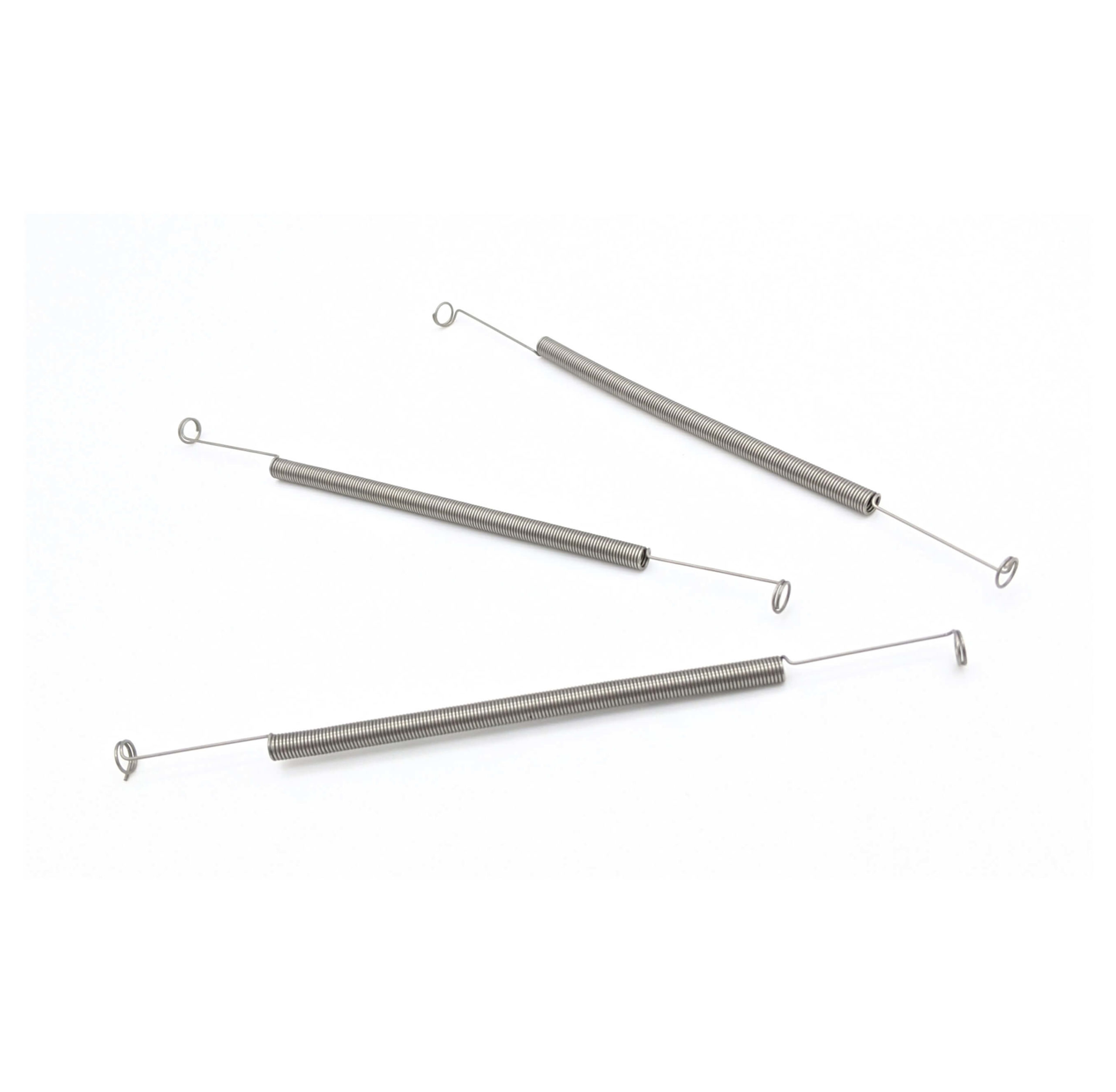Get unique, complex parts easily. No matter your requirements, Chaoyi Spring creates hard-to-produce coil springs and wire forms.
Let us help you create the custom wire form you need, from S-hooks and J-hooks to utility hooks and more.
We work closely with customers across a wide range of industries, helping them design and manufacture made-to-order parts.
Why choose Chaoyi Spring? We prioritize customer-focused collaboration, modern equipment and the latest technology to make your parts per print.
Find the information and guidance you need, from measuring a spring to learning about materials, placing an order and much more.
Cantilever springs, a unique type of spring fixed at one end and loaded at the other, play a crucial role in numerous mechanical and engineering applications. Their ability to provide


Cantilever springs, a unique type of spring fixed at one end and loaded at the other, play a crucial role in numerous mechanical and engineering applications. Their ability to provide a force that's proportional to their deflection, along with their compact design, makes them ideal for diverse scenarios. This article delves into the intricacies of cantilever springs, exploring their characteristics, various types, common applications, and key considerations for their selection and design.

Cantilever springs are distinctive for their single-point fixation, resembling a beam clamped at one end, with the load applied to the free end. This configuration leads to a bending moment that results in the spring's deflection, proportional to the applied force. This inherent flexibility makes them a versatile component in numerous applications ranging from simple mechanisms to sophisticated engineering systems.
Cantilever springs come in various forms, each with its unique attributes suited for different applications. Here's a look at some common types:
Understanding the characteristics of cantilever springs is crucial for their effective design and selection. Key characteristics include:
Cantilever springs find their place in numerous mechanical and engineering applications. Here are some prominent examples:
Designing cantilever springs requires meticulous consideration of numerous factors:
Cantilever springs are ubiquitous in various mechanical and engineering applications, providing force and deflection functionalities essential for numerous devices and systems. Their adaptability, reliability, and diverse applications make them indispensable components in modern technology. Understanding their characteristics, types, and design considerations is vital for successfully implementing them in any project.
As you delve deeper into the fascinating world of cantilever springs, remember their simplicity and versatility are testaments to their enduring value in engineering and design. Their ability to deliver consistent force, adapt to varying loads, and withstand diverse environments ensures they will continue to play a pivotal role in shaping our technological landscape.
Browse some of the custom wire forms and springs that we manufacture. Don’t see what you need? We specialize in made-to-order products that meet your application requirements.
Visit Our GalleryNeed a custom wire form or coil spring? We make it work. Fill out the contact form and a representative will respond within 1 business day. If you have a PDF or CAD file, you can submit to request a quote.